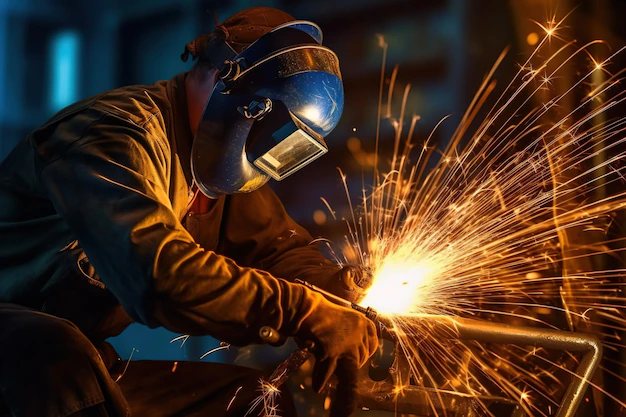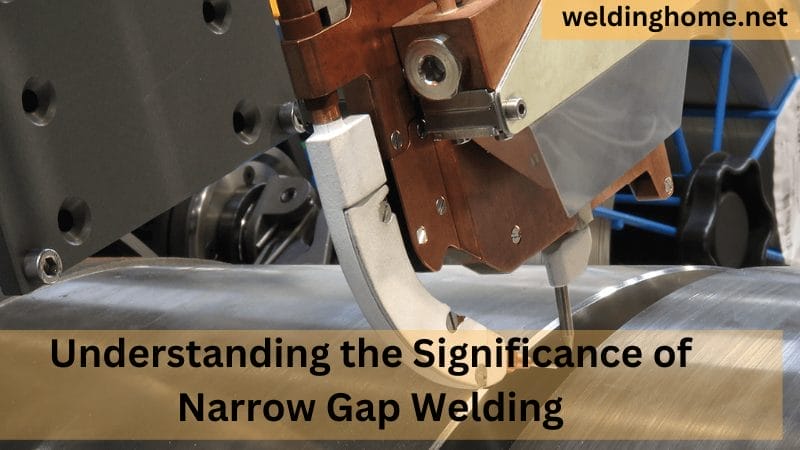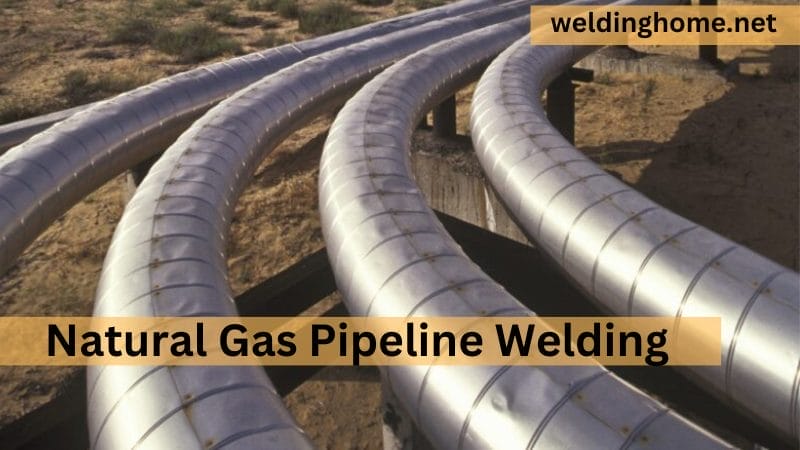What type of welding is best for small projects?

What type of welding is best for small projects? I have experimented with several welding techniques to bring my tiny projects to life since I have a love for welding and an eye for detail. I’ve found the perfect MIG to TIG welding process for a small project!
MIG (Metal Inert Gas) welding is the ideal method of welding for minor tasks. This type of welding is easy to learn and only requires access to a machine, gas cylinder, wire feeder, and consumables. The process involves feeding a continuous wire through a torch via a trigger mechanism that controls the flow of gas from the cylinder.
This type of welding is ideal for small projects that require general fabrication or low-volume production work. It can be used to join the majority of typical metals, including aluminum and mild steel. The convenience and ease of use make MIG welding the perfect choice for small projects where there isn’t a lot of time or resources avail.
1. A Summary of Welding Types and Their Applications There are numerous varieties of welding procedures.
Welding is an important skill in various industries, and it’s essential for professionals to have a thorough understanding of different welding types and their purposes. There are four main methods of welding is best for small projects:
MIG, TIG, Arc, and Oxy-Acetylene. MIG (Metal Inert Gas) welding utilizes a wire that conducts electricity between the base metal being welded and the filler material; it’s used to join thicker objects together.
TIG (Tungsten Inert Gas) welders frequently utilize non-consumable tungsten electrodes with Shielding Gas to heat materials for melting and welding thinner gauges of metal together. Additionally, Arc welding is often used because it can quickly join thin metals at a low cost; this method involves heating up material with an electric arc between a solid electrode and the workpiece being welded.
Lastly, Oxy-Acetylene is one of the oldest methods of welding where two separate fuels—oxygen and acetylene—are combined in a torch flame to fuse two pieces of metal into one piece. All four types of welding provide unique benefits that benefit various industries; thus making them essential components of today’s workforce.
2. Advantages and Disadvantages of Stick Welding for Small Projects
Stick welding, also known as shielded metal arc welding is best for small projects (SMAW), and is a popular choice for tiny projects due to its simplicity and affordability. The process involves sticking an electrode directly into the workpiece while simultaneously controlling the heat output with a welder that provides variable amperage control. Stick welders are easy to set up and operate, making them suitable for tight spaces or remote locations. Additionally, stick welding is versatile and can join materials of different thicknesses with relative ease. However, some disadvantages include limited portability due to the size and weight of the equipment, as well as concerns regarding weld quality when using a less experienced operator.
3. What process will best suit your requirements?
Ultimately, the type of welding that’s best for small projects depends on the materials being joined, the desired results, and the resources available. MIG welding is best for small projects and it’s a great option for beginners to quickly gain experience with minimal equipment and can be used to weld many different types of metals. Stick welding requires more skill and practice but offers greater portability and is typically used for larger projects.
TIG welding is ideal for more precise work, such as thin materials or complex designs. Finally, Oxy-Acetylene welding offers the most versatility but requires a higher skill level and is best suited to experienced welders. By considering the pros and cons of each type of welding process, it’s possible to find a suitable option for welding is best for small projects. Hope this was useful. We appreciate you using Brainly!
4. Advice for Picking the Best Welding Type for Your Project
There are a few key considerations to take into account when choosing the best type of welding is best for small projects.
First, examine the types of materials you will be welding and the thickness of those materials; some processes are better at joining certain types of metals than others.
Additionally, consider the size and scope of your project to determine whether a portable welding solution is necessary.
Finally, evaluate the skill level of the welders available; more complex processes, such as MIG and TIG welding, require a higher level of expertise.
By taking the time to research any potential welding options, welding is best for small projects it’s possible to ensure that the right type of welding is chosen for your project. Good luck with your project!
1.1 What is the required amperage for successful welding?
The amount of amperage needed for welding will depend on the thickness of the materials being welded and the type of welding process that is being used.
Generally, MIG and TIG welding require higher amperages for thicker materials, while stick welding requires lower amperages for thinner materials. It is important to consult the welding machine’s amperage range in order to ensure that the proper amount of current is being used for the desired application.
Additionally, it is important to follow safety guidelines and wear proper protective gear when welding to ensure safe operation. I hope this helps.
1.2 How much time does a welding process require to complete?
The amount of time required for a welding process to complete will depend on the type of welding being done and the size and complexity of the project.
Generally, MIG, TIG, and stick welding processes typically take less than an hour to complete welding is best for small projects. However, larger or more complex projects could require several hours or even days to complete. Additionally, oxy-acetylene welding can generally take longer due to the need for preheating of materials and a more detailed setup.
1.3 How much duty cycle do I need in a welder?
The duty cycle of a welding machine determines how long the welder can be used in a specific amount of time without overheating and needing to cool down. The duty cycle is usually expressed as a percentage, such as 20%, 30%, or 40%. Generally, higher amperage welders require more power and thus need a higher duty cycle.
When selecting a welding machine for your project, it is important to consider the duty cycle in order to ensure that the welder can operate without overheating as needed. I hope this helps!
1.4 What type of welder is most suitable for welding in outdoor settings??
Are you looking for the optimal welder to use outdoors? If so, look no further! Our selection of welders will ensure that your projects are completed with quality and precision welding is best for small projects.
1.5 What is the best welder for welding in a shop?
When selecting the right type of welding? which type of welding is best for small projects your project, there are several factors to consider.
First, you must determine what materials need to be welded and the thickness of those materials. For example, MIG welding is typically used on thicker metals such as steel while TIG welding is best suited for thinner gauge materials like aluminum or stainless steel.
When looking to purchase a welder, what elements should you consider?
No matter what type of welding you choose, there are some tips to keep in mind to get the best results. Before beginning your project, make sure that all materials are free of dirt and oil; a clean surface can help ensure better welds. Additionally, be sure to pay attention to safety guidelines such as wearing the proper protective gear and ensuring the welding area is well-ventilated.
It’s also important to maintain good posture while welding and to use the right amperage for welding is best for small projects; using too much or too little can cause problems with the weld quality.
Finally, be sure to practice regularly in order to become a proficient welder and produce better welds.
These are just a few tips on how to get the best results when using different types of welding; with practice and experience, any welder will be able to produce high-quality welds.
Conclusion
choosing the proper welding technique is essential for small jobs.MIG welding frequently turns out to be the greatest option because of its simplicity, adaptability, and capacity to produce neat welds. Due to its simplicity of use, adaptability, and capacity to create crisp and effective welds, MIG welding stands out as a superior choice. It is the preferred option for many artisans and amateurs due to its versatility for a variety of materials and affordability. MIG welding can expertly and dependably complete modest projects, whether they include creating complicated designs, artistic sculptures, or metal furniture.
FAQ’S
What type of welding is best for beginners?
MIG welding
MIG welding is the most beginner-friendly type of welding. It is a faster process that is easy to learn and forgiving of mistakes. TIG welding is a slower process that requires more time to master and produces more precise welds on a variety of material types.
What is TIG welding used for?
TIG welders can be used to weld steel, stainless steel, Chromoly, aluminum, nickel alloys, magnesium, copper, brass, bronze, and even gold. TIG is a useful welding process for welding wagons, bike frames, lawnmowers, door handles, fenders, and more.
What is MIG welding mainly used for?
MIG welding finds use in Sheet metal welding. Home improvement, automobile, and automotive industry. Fabrication work of pressure vessels and steel structures.






